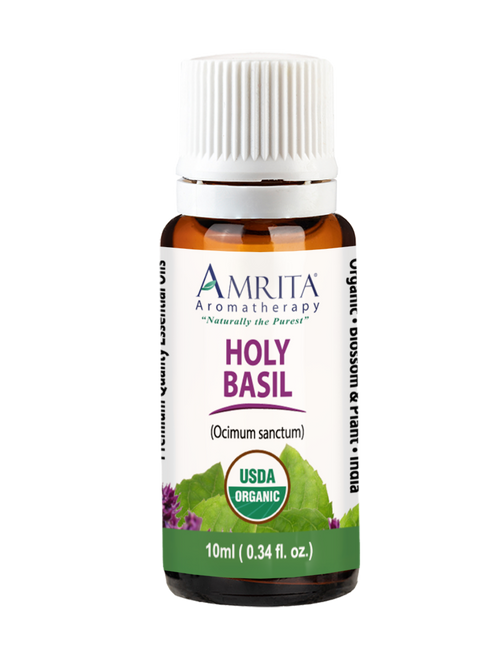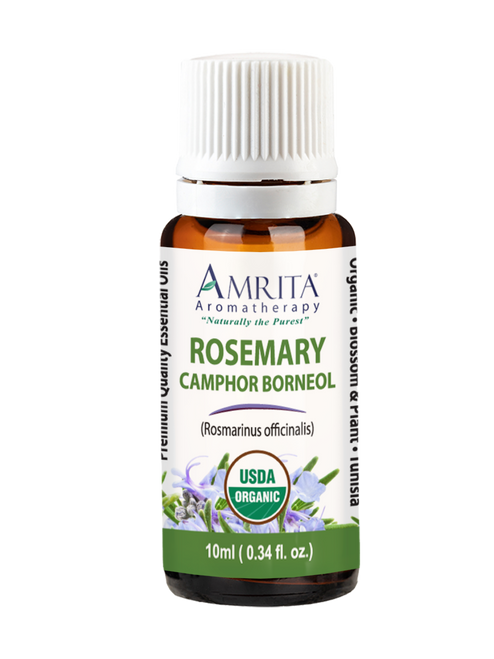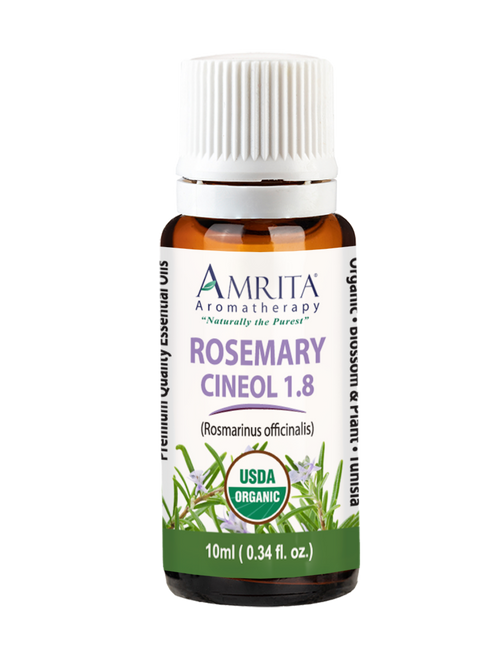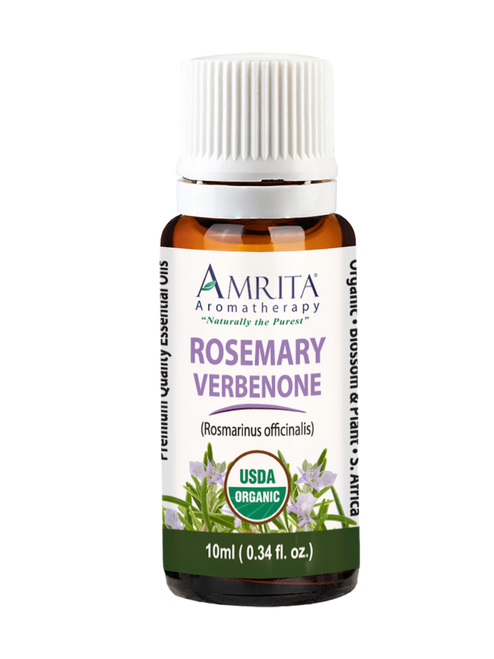-
Useful Essential Oils
Which essential oils for low blood pressure are useful?
The following essential oils have traditionally been used for low blood pressure:
- Holy Basil Essential Oil – diffuse it
- Sweet Linalol Basil Essential Oil – diffuse it or dilute it 2% in any carrier oil (10 drops per tablespoon) and apply on the heart and chest area
- Rosemary Essential Oil – for fainting, nervous disorders, exhaustion: diffuse it or dilute it 1% in a carrier oil (5 drops per tablespoon) and use in a whole body massage, or dilute it and use it in an aromatic bath. Note: Do not use if you are pregnant or have epilepsy.
Note: Everyone is different. We recommend you try each of the above essential oils one at a time (rather than blending them) to determine which one you respond to best.
Disclaimer: The statements made on this page have not been evaluated by the U.S. Food and Drug Administration (FDA). They are not intended to diagnose, cure or prevent any disease. If a condition persists, please contact your physician or healthcare provider. The information provided is not a substitute for a face-to-face consultation with a healthcare provider, and should not be construed as medical advice.
-
About the Condition
What is blood pressure?
The force of the blood pushing against the walls of the arteries as it goes through the body is what is known as “blood pressure.” It’s measured as systolic (pressure whilst pumping) and diastolic (pressure whilst resting between beats) pressures. It’s generally written as the systolic number above or before the diastolic number (e.g. 125/79 mmHg – is millimeters of Hg which is the symbol for mercury).
What is low blood pressure?
People who are fit and healthy tend to have lower blood pressure and a slower heart rate. There is some dispute as to how low a blood pressure reading should be. Some doctors only consider it too low if it causes noticeable symptoms. Others define low blood pressure as maintaining readings lower than systolic 90 mmHg or diastolic 60 mmHg and that having at least one number in the low range would be considered lower than normal (e.g. systolic 115, but diastolic 50, is considered low blood pressure).
It can be dangerous if your blood pressure suddenly falls to a very low level (e.g. a 20 mmHg drop). It can cause dizziness and fainting because it means the brain isn’t receiving an adequate supply of blood.
Very large plunges in blood pressure such as those caused by uncontrolled bleeding, severe infections or allergic reactions, can be fatal.
Low pressure can mean that blood is not delivering oxygen and nutrients to the tissues as well it should be, and this may manifest as a variety of health issues, including physical and mental fatigue. It can also be a sign of an underlying problem, such as a weakness in the adrenal glands. In some rare cases, it can be a sign of serious, even life-threatening disorders.
Causes of low blood pressure
Some causes include:
- Pregnancy
- Heart problems (e.g. extremely low heart rate, heart valve problems, heart attack and heart failure)
- Endocrine problems (e.g. parathyroid disease, adrenal insufficiency, low blood sugar and, in some cases, diabetes).
- Dehydration and hypovolemic shock, a life-threatening complication of dehydration.
- Blood loss from a major injury or internal bleeding.
- Severe infection (septicemia), which can lead to a life-threatening drop in blood pressure called septic shock.
- Severe allergic reaction (anaphylaxis).
- Anemia from a diet low in vitamins B-12 and folate (and sometimes from increases loss of blood from heavy menstruation).
- Medications such as diuretics, alpha blockers, beta blockers, drugs for Parkinson's disease, some antidepressants and Sildenafil (Viagra) or tadalafil (Cialis), particularly in combination with the heart medication nitroglycerin.
Types of low blood pressure
Some types include low blood pressure occur:
- On standing up (orthostatic, or postural, hypotension).
- After eating (postprandial hypotension). This mainly affects older adults.
- From faulty brain signals (neutrally-mediated hypotension). After standing for extended periods, the nerves in the heart's left ventricle signal the brain that blood pressure is too high, rather than too low. As a result, the brain lowers the heart rate, decreasing blood pressure and leading to lightheadedness and fainting.
- Due to nervous system damage (multiple system atrophy with orthostatic hypotension). This is a rare disorder causes progressive damage to the autonomic nervous system, which results in severe orthostatic hypotension in combination with very high blood pressure when lying down.
Disclaimer: The statements made on this page have not been evaluated by the U.S. Food and Drug Administration (FDA). They are not intended to diagnose, cure or prevent any disease. If a condition persists, please contact your physician or healthcare provider. The information provided is not a substitute for a face-to-face consultation with a healthcare provider, and should not be construed as medical advice.
-
Other Treatments
What are conventional medical treatments for low blood pressure?
Mild symptoms such as feeling dizzy for a moment or two when you stand up suddenly generally don’t require any treatment.
The first step is to address any underlying causes (e.g. to change medications if the one you are taking is causing low blood pressure). Some other things that may help include:
- Adopting a healthy diet which is low in saturated-fat, trans-fat, cholesterol, salt (sodium) and added sugars and plentiful in low-fat forms of protein, fruits, vegetables, whole grains, and other foods that are heart healthy.
- Using more salt (but check with your doctor first, as excess use of salt can cause heart failure).
- Drinking more water and less alcohol.
- Wearing compression stockings.
- Eating small, low-carbohydrate meals – this is useful for people who suffer from low blood pressure after eating.
- Going slow when getting up: breathe deeply for a few minutes and then slowly sit up in bed in the morning before standing.
- Sleeping with the head of the bed slightly elevated can also help.
- Special maneuvers: If you feel faint while standing, to encourage blood to flow from your legs to your heart cross your thighs in a scissors fashion and squeeze, or put one foot on a ledge or chair and lean as far forward as possible.
- Caffeine – having a cup of strong coffee, or any caffeinated beverage in the morning can also temporarily increase your blood pressure. But the long-term effects of caffeine are not clear.
- Medications such as fludrocortisone for orthostatic hypotension or midodrine (Orvaten), but as with all medications, there are side effects.
- Monitoring your blood pressure regularly.
What are alternative treatments for low blood pressure?
Some herbs such as licorice can help strengthen adrenal function, and over time, this can also help to increase blood pressure. You can take it in tablet, capsule or tincture form.
Other herbs that can increase blood pressure include ephedra (Ma Huang), and yohimbine (from the bark of a West African tree).
The traditional Ayurvedic remedy for hypotension is to soak raisins overnight in hot water and to eat them in the morning (and drink the liquid they are soaked in).
Eating Holy Basil leaves (or juicing them) is also said to help. Some also believe that drinking a cup of beetroot juice twice daily is useful and that carrot juice and lemon juice are also beneficial.
Another traditional remedy is to soak five to six almonds in water overnight, peel off the skin in the morning, and grind the almonds into a smooth paste, then boil the paste in a cup of milk and drink this in the morning.
Of course, essential oils traditionally have also been used for low blood pressure. For more information, see the Useful Essential Oils tab.
Disclaimer: The statements made on this page have not been evaluated by the U.S. Food and Drug Administration (FDA). They are not intended to diagnose, cure or prevent any disease. If a condition persists, please contact your physician or healthcare provider. The information provided is not a substitute for a face-to-face consultation with a healthcare provider, and should not be construed as medical advice.






